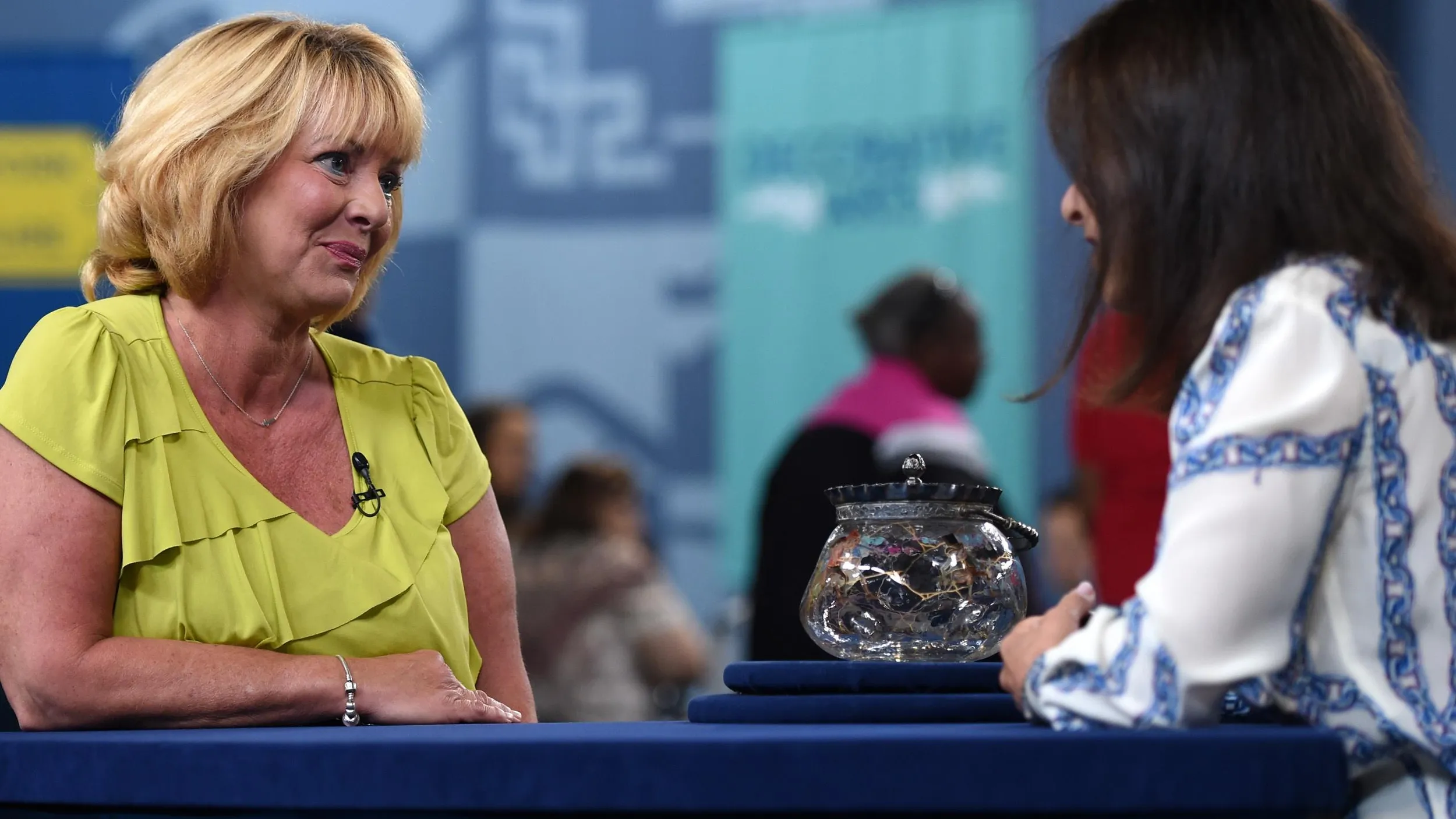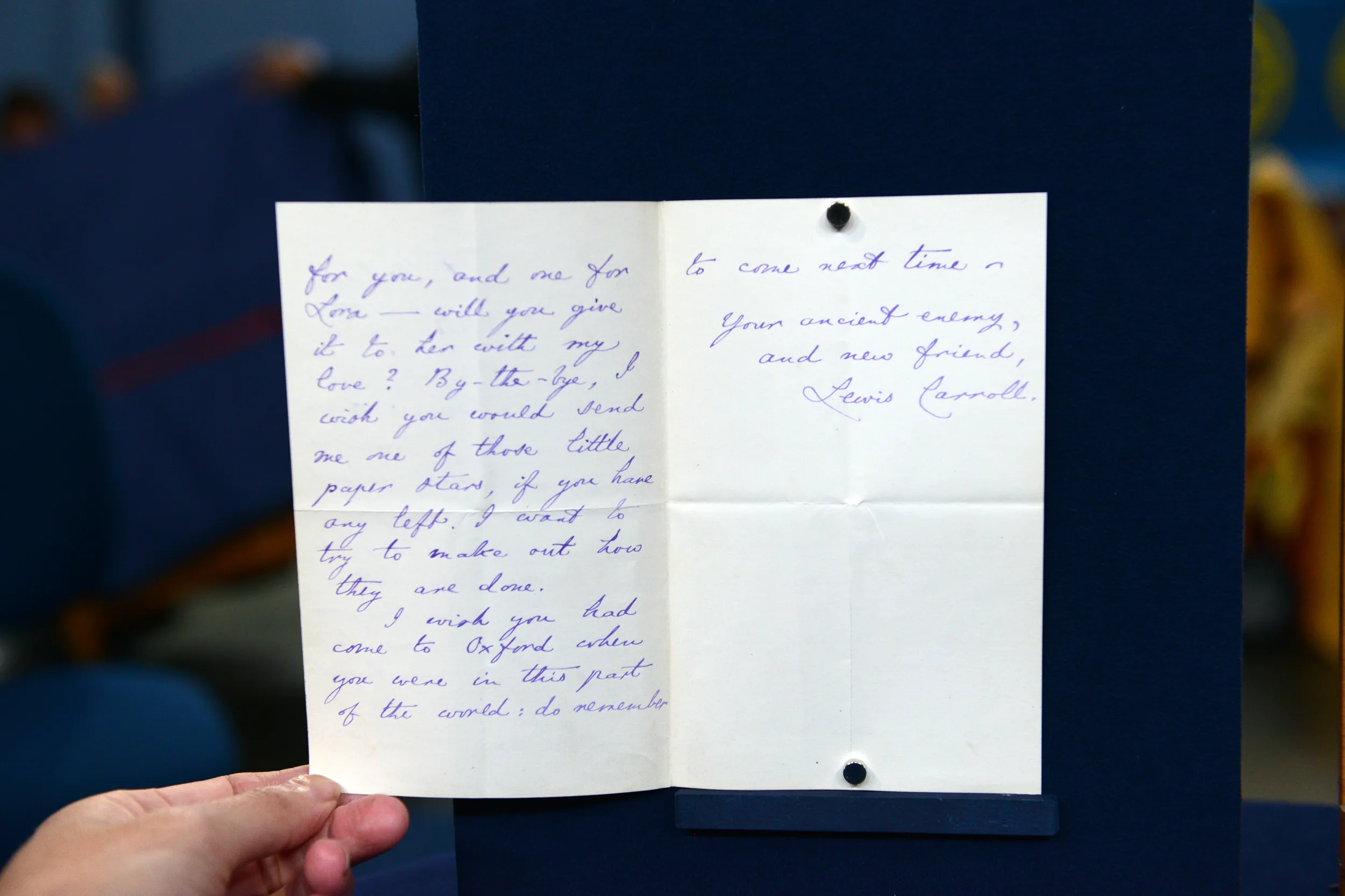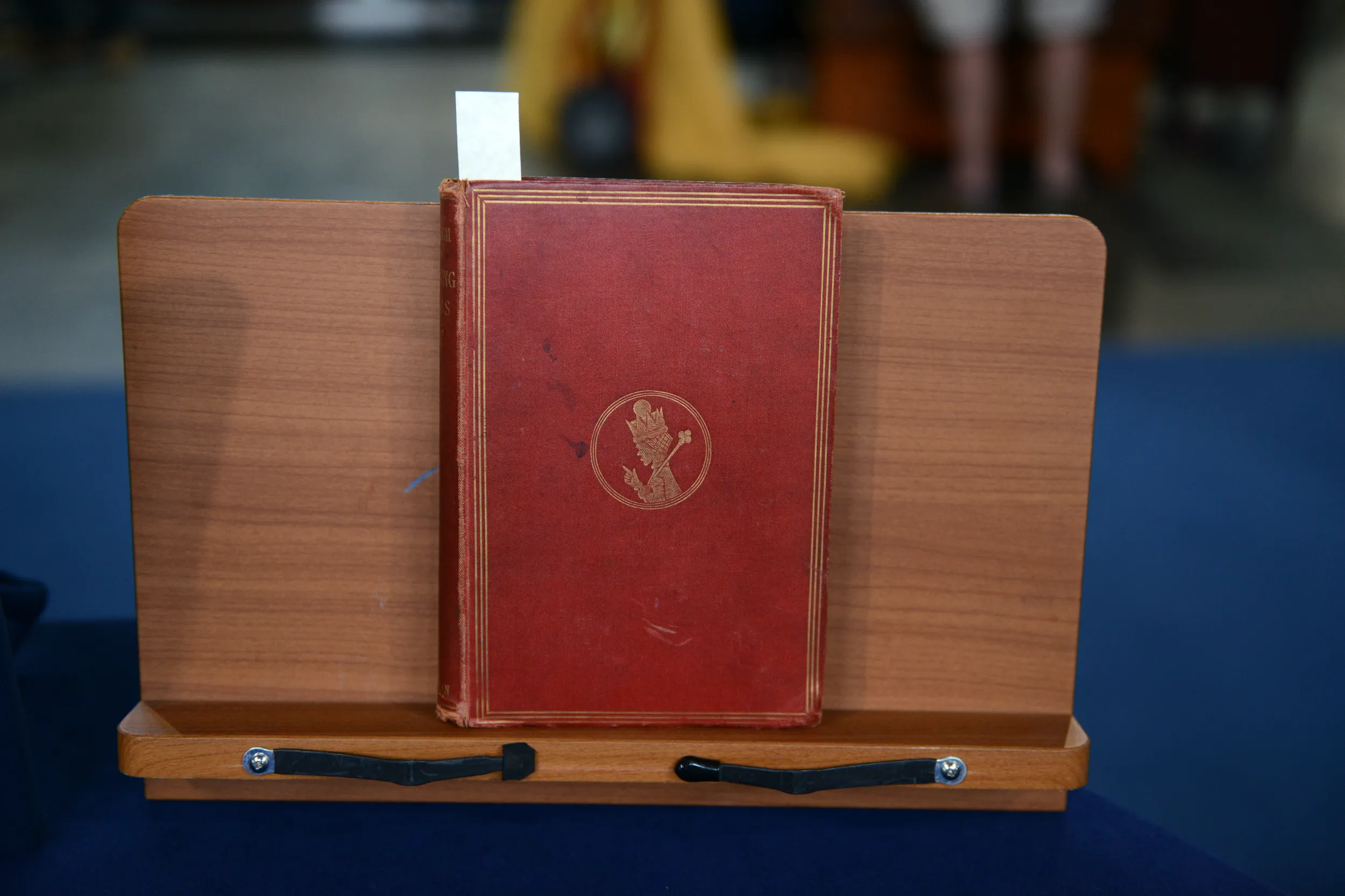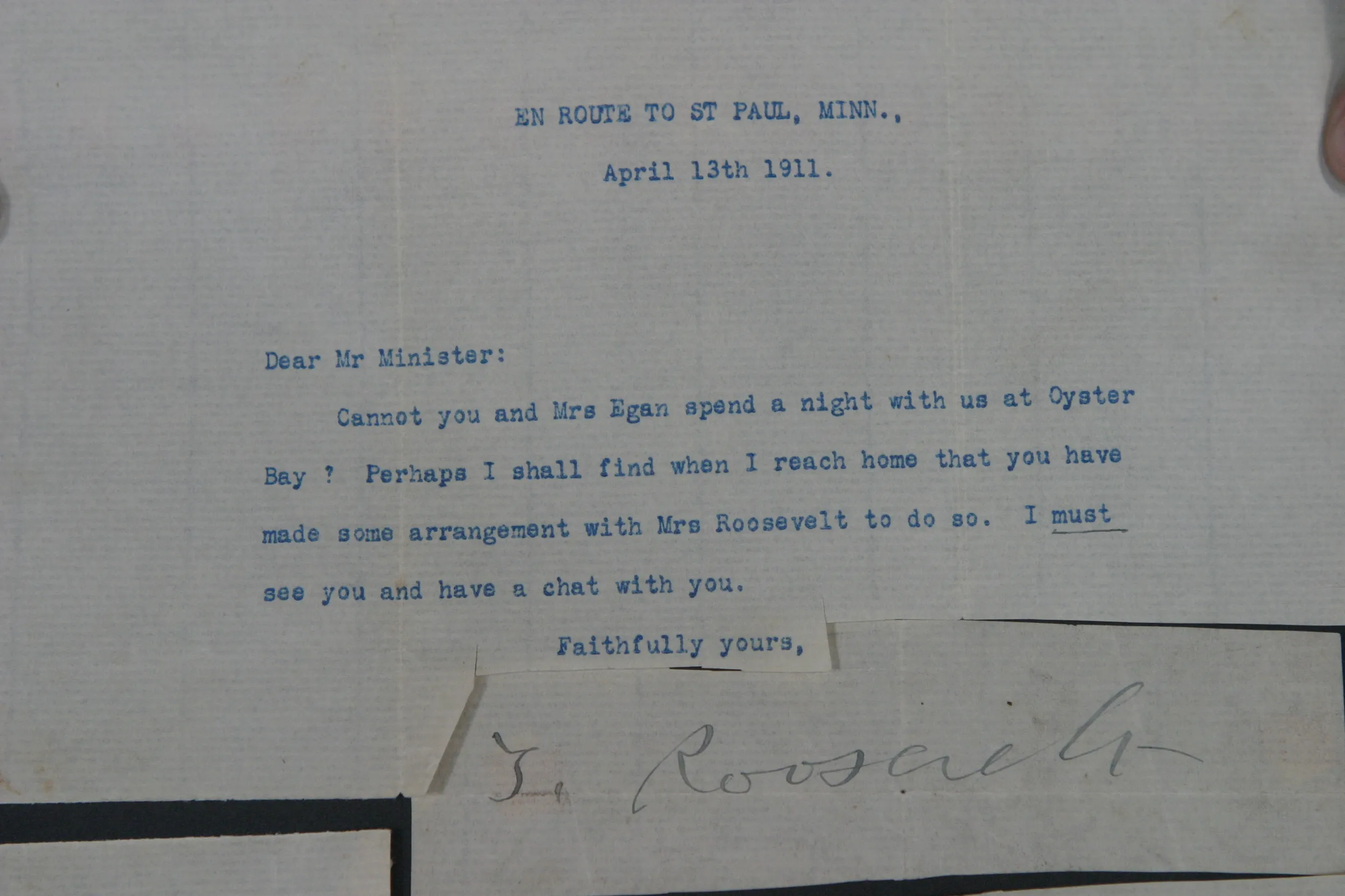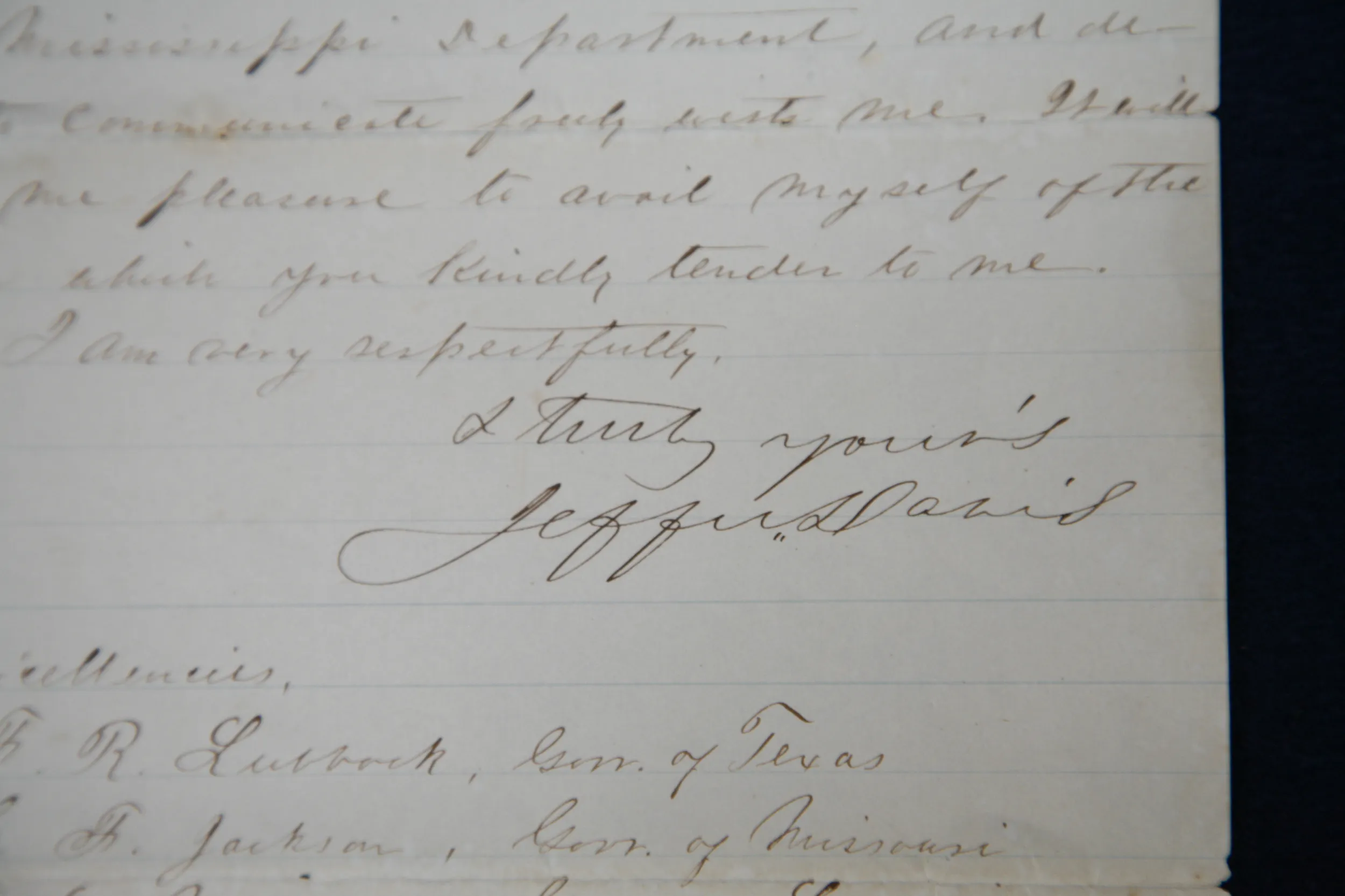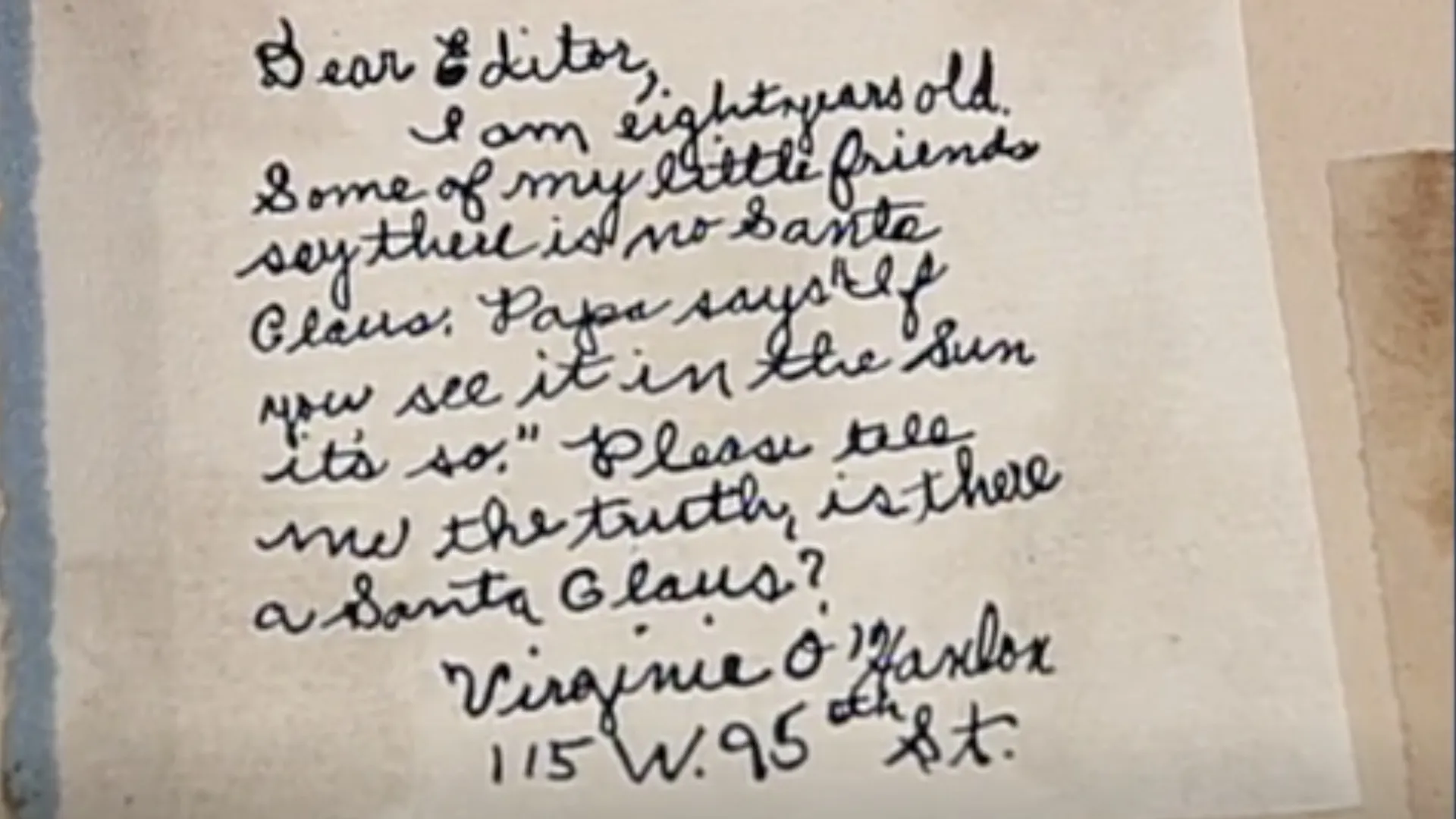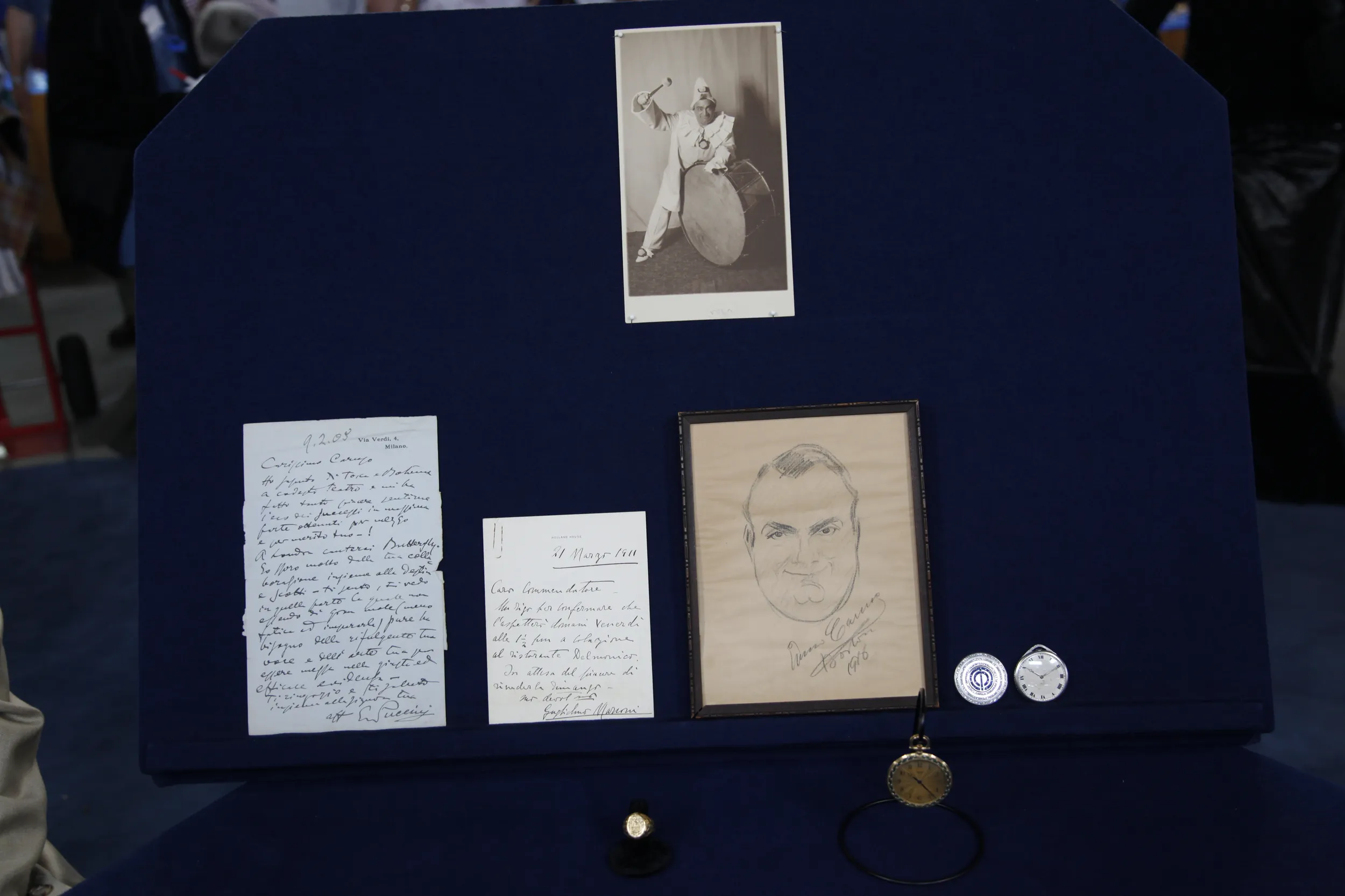GUEST: My father gave me the book when my daughter was born. It was his first grandchild. And she was born in 1977.
APPRAISER: And how did he get it, or...?
GUEST: Well, he collected first-edition books, and he bought this one, I think he bought it in London, but I don't know for sure.
APPRAISER: Did your father have a lot of other books?
GUEST: He had a lot of other books, but we didn't know this until after he died. He never told us about it. I thought this was the only one, and we sold them at a house sale for $1 apiece. One of my cousins came to town and asked me what I did with all his first-edition books, and I was shocked and I said, "Oh, we sold them." But he doesn't have any idea that they were sold for $1 at a house sale.
(laughing)
APPRAISER: Well, I'm very happy you didn't sell this one. First of all, let's see what the book is.
GUEST: Okay.
APPRAISER: It's Through the Looking Glass by Lewis Carroll. Lewis Carroll wrote a lot of books, but in this series, there were two. There was Alice in Wonderland, which was 1865, 1866 when it first came out, and then Through the Looking Glass, which is 1872, when this one came out. So you have the first edition.
GUEST: Good.
APPRAISER: But what makes it even more special is that it's inscribed by Lewis Carroll to "Mona Margaret Paton, from the Author, Christmas 1871." Now, that's actually interesting, because when we looked at the title page, the date was 1872. But what they would do sometimes is, when a book was scheduled to come out in 1872, especially for an author, popular author who did Alice in Wonderland, they tried to sometimes get it out so it could be a Christmas present.
GUEST: Oh!
APPRAISER: Or what they would do is, the author would get a few copies early so that he could give it as a Christmas present. It also came with a nice letter. Lewis Carroll wrote in purple ink. So the fact that it's purple is absolutely right. In this letter, he talks about the "unpleasant island" of England. He's writing from Christ's College at Oxford, where he taught. He had a lot of young girls that he wrote letters... It wasn't just Alice.
GUEST: I knew about his young girls.
APPRAISER: Young girls, and he'd meet them on the beach, he'd give them gifts. And it's signed by Lewis Carroll at the back. So you have a signed letter that he sent a few months before this. Because this was in November of 1871. Mona was a young girl. Her name was Mona Paton. If you look at the signature... it's Mona Margaret Paton. But her father, Noel Paton, he was a Scottishman. He was an academic. He was also an illustrator, so Carroll actually even approached him about possibly illustrating some of his work and books. So they knew the family. So he knew the daughter. So it wasn't someone just out of the blue. They were well-known to him. You had this appraised once?
GUEST: I had it appraised in 1988, and I was told it was worth $600. Well, the appraiser didn't charge me for the appraisal, and he tried to buy it from me for $600. That's why I assume it's worth 600.
APPRAISER: And you, and I'm assuming, since you didn't sell it, you weren't happy with the $600.
GUEST: No, I didn't need $600.
APPRAISER: And you've held on to the book.
GUEST: Yes.
APPRAISER: The letter is worth $2,500.
GUEST: Wow.
APPRAISER: That's just the letter. A conservative retail price for the book would be $8,000 to $10,000.
GUEST: Wow.
APPRAISER: So, happy you didn't sell it.
GUEST: That's amazing.

